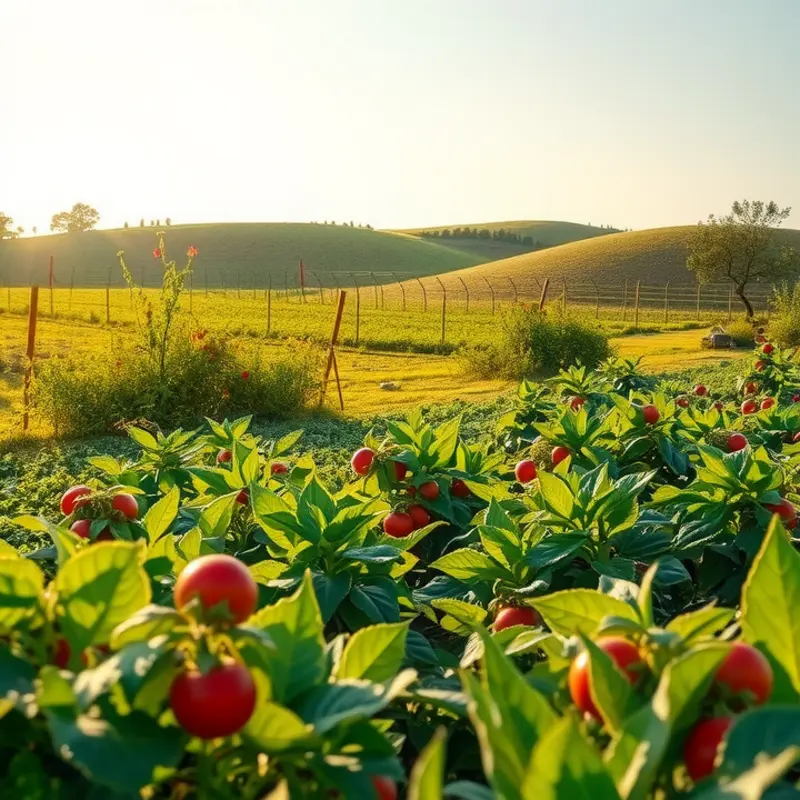Homemade sauces can elevate any meal, but proper storage is essential to ensure freshness and safety. Knowing how to store your sauces will minimize waste and maximize flavor. This guide provides straightforward tips to safely store your homemade concoctions at home, making sure your culinary creations stay delicious and safe to eat.
Understanding Sauce Preservation Methods

Preserving homemade sauces can be both an art and a science, ensuring they remain delicious and safe for consumption. Effective preservation hinges on understanding the properties of your sauce and selecting the appropriate method. Here, we delve into three popular techniques: refrigeration, freezing, and canning, each suitable for different sauce types and usage timelines.
Refrigeration is the most straightforward preservation method suitable for sauces intended for short-term use. It is ideal for sauces containing fresh ingredients like herbs or dairy, as they retain their flavors and nutrient value. To refrigerate, transfer your sauce to an airtight container to prevent contamination and flavor absorption from other foods. Typically, refrigerated sauces last between three days and a week, but it’s important to check for signs of spoilage, such as off odors or mold. For more on minimizing waste and ensuring safe storage, you can explore tips on the safer storage of sauces.
Freezing is an excellent option for those who wish to store their sauces for an extended period without compromising on quality. Most sauces, including tomato-based or stock-based varieties, freeze well. However, be cautious with dairy-based sauces, as freezing can cause separation. To freeze sauce effectively, pour it into a freezer-safe container, leaving some space for expansion. Labeling the container with the date and type of sauce can prevent mix-ups and help you track storage duration, usually up to six months.
Canning offers a longer-term preservation solution, perfect for those wanting to store large batches. This method is particularly effective for acid-rich sauces like tomato or fruit-based variations. Canning involves processing sauce-filled jars in a hot water bath or pressure canner, dependent on the sauce’s acidity level. Ensure your jars and equipment are sterilized before use to avoid contamination. Cans can last up to a year or longer if stored in a cool, dark place, allowing you to enjoy the season’s bounty long after harvest.
Understanding which preservation method aligns with your sauce’s ingredients and intended shelf life can significantly impact both flavor and safety. As you explore these methods, you’ll gain confidence in managing homemade sauces efficiently, ensuring they remain a flavorful companion to your culinary endeavors.
Best Practices for Storing Homemade Sauces

Storing homemade sauces correctly is crucial for maintaining their freshness and safety. The first step is selecting the right container. Opt for glass jars or BPA-free plastic containers with airtight seals. Glass is non-reactive and preserves flavors effectively, preventing any off-tastes. Ensure containers are clean and sterilized to eliminate bacteria that could spoil your sauces.
After choosing the right container, labeling becomes essential. Always include the date of production and a brief description of the sauce. This practice aids in inventory management, helping you consume sauces within their peak quality period. When labeling, use adhesive labels on the container’s side or lid, ensuring they’re visible and legible.
Temperature plays a pivotal role in the preservation process. For most sauces, refrigeration is necessary, with temperatures below 40°F (4°C) being ideal. Some sauces, like those containing dairy or eggs, may spoil faster and require even more stringent temperature control. For longer storage, consider freezing sauces. When freezing, leave some space at the top of your container, as liquids expand when frozen.
If you’re curious about further reducing food waste and enhancing your kitchen storage strategy, explore eco-smart kitchen storage. This resource provides valuable insights on creating a sustainable kitchen environment while maintaining food safety.
Understanding sauce components can also guide storage decisions. High-acid sauces, such as those with tomatoes or vinegar, naturally resist spoilage and may have a longer shelf life. Alternatively, low-acid or creamy sauces should be consumed quicker and kept at lower temperatures.
While arranging sauces in the refrigerator or freezer, place them in the coldest sections, away from the door. Frequent opening of the door can lead to temperature fluctuations. Also, store larger quantities at the back and smaller ones in front. This arrangement ensures that older batches are used first, reducing waste due to forgotten or expired sauces.
Safeguarding the quality and safety of homemade sauces not only extends their shelf life but also contributes to minimizing kitchen waste. By implementing these best practices, you can confidently enjoy your culinary creations, assured of their safety and freshness.
Final words
Safely storing your homemade sauces not only preserves their deliciousness but also reduces waste. By choosing the right preservation methods—whether that’s refrigeration, freezing, or canning—you can ensure that your culinary creations are both safe and flavorful. Always use appropriate containers and label them with contents and dates to keep track of freshness. With these practical tips, you’ll manage your homemade sauces efficiently, ensuring you can enjoy them at their best for longer.







